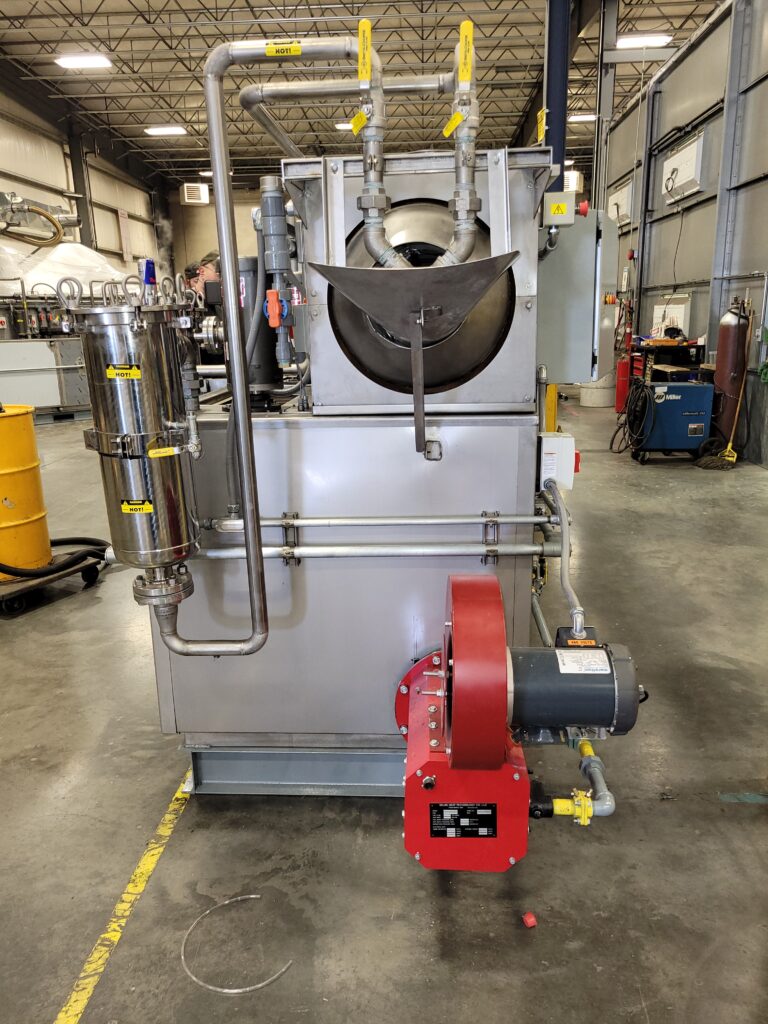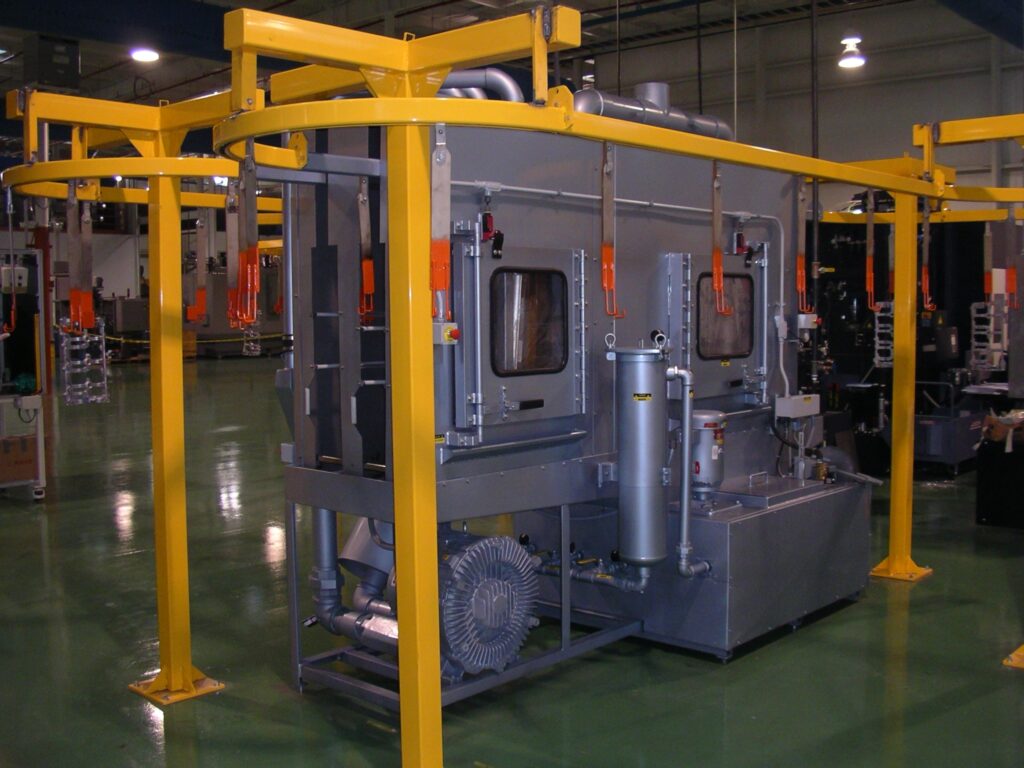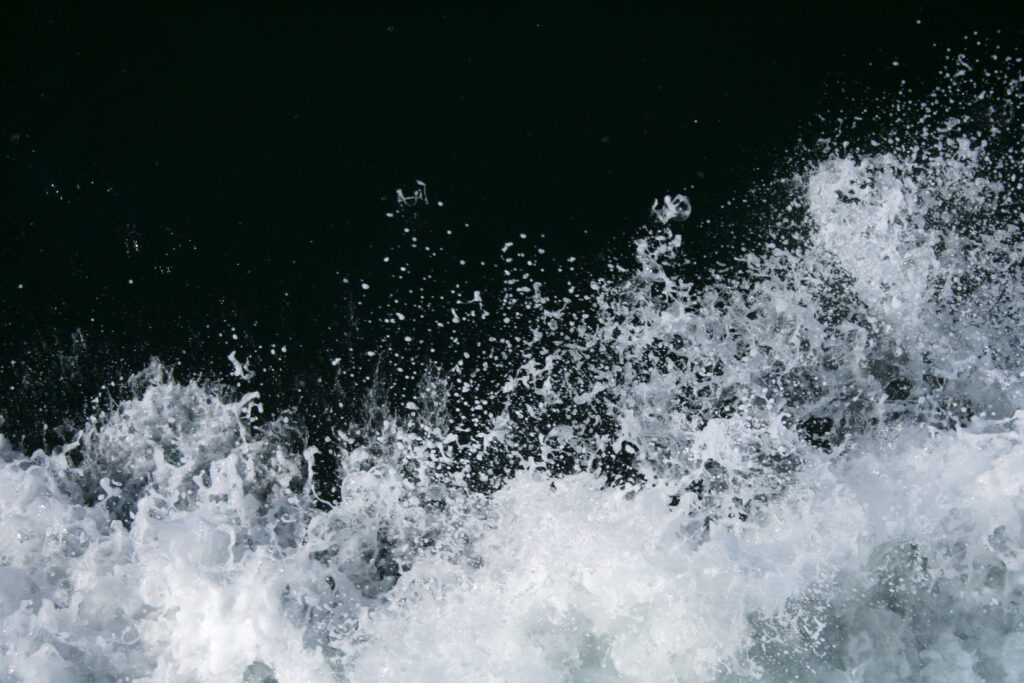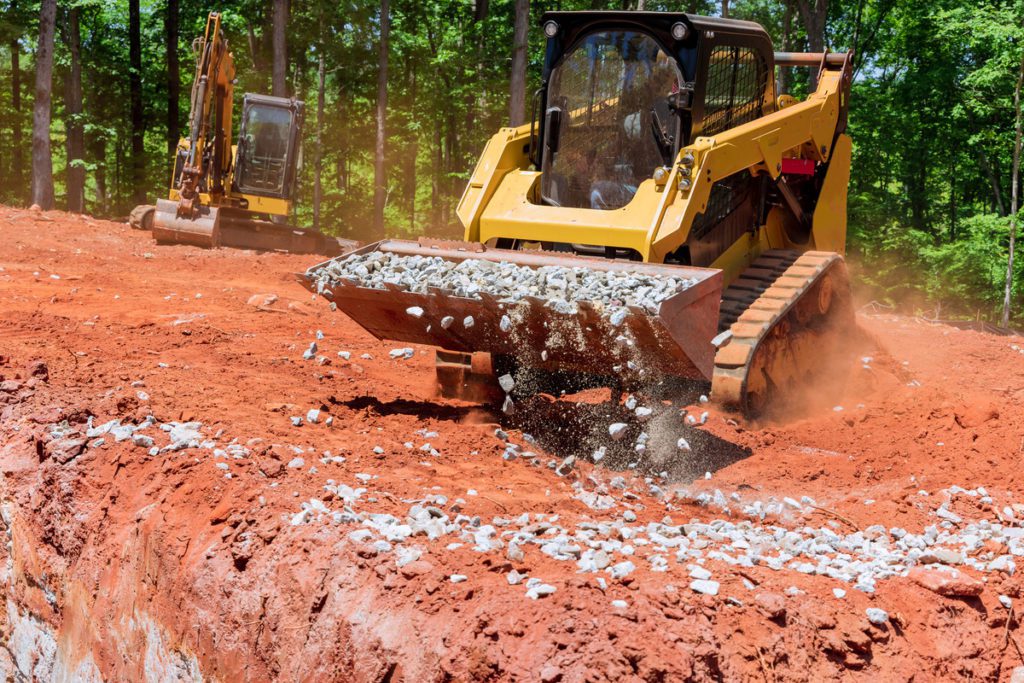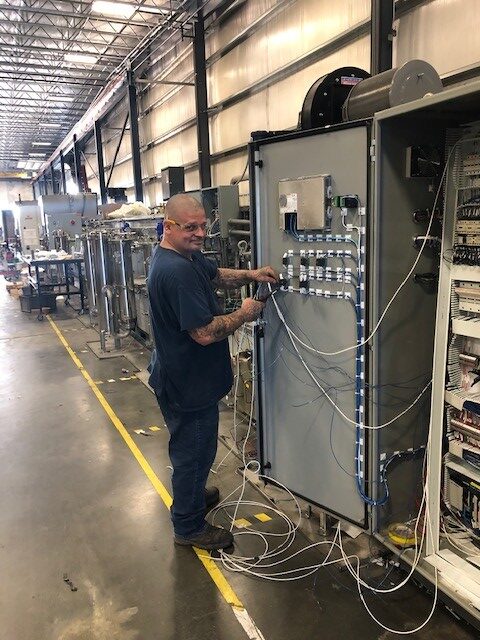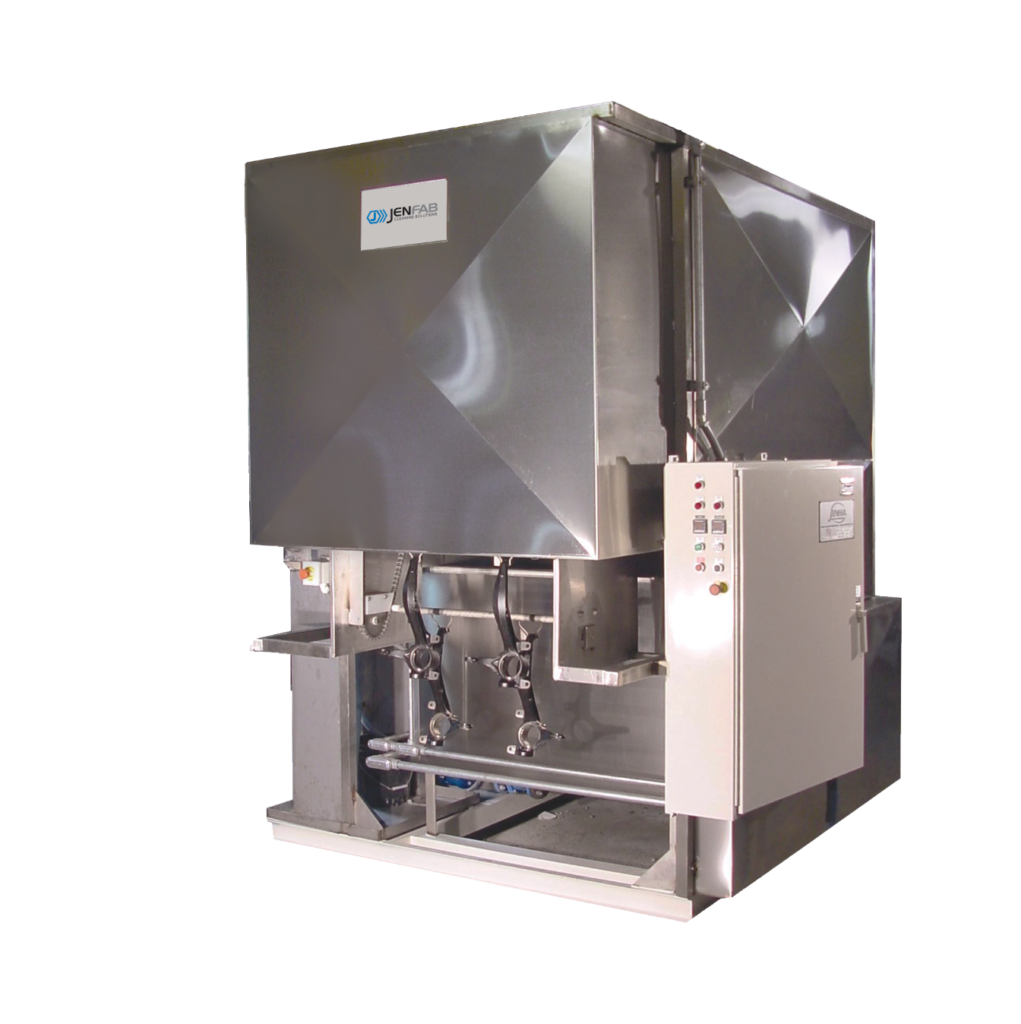How clean is clean?
The answer seems obvious at first but, clean is a very subjective term when it comes to parts washing. Some parts have a solid surface while others have complex shapes or are made of fragile materials that make cleaning a bigger challenge. Moreover, some companies require a very stringent cleanliness standard for their product that may go all the way to the microscopic level. So, depending on the part, clean can be defined in a variety of ways.
Define Your Goals
The first step in selecting any parts washing system is for the potential equipment supplier to properly analyze the application and the part to be washed. Here are a few questions that need to be answered before moving forward:
- What is the contaminant you want to clean off?
- How clean is clean for your project and how will that be tested?
- What is the size and weight of the largest and smallest part?
- What are the physical characteristics of the part? (What is the material? Can it be rotated? Are there blind holes or thermal limitations?)
- How many parts per day, hour or minute need to be processed?
- What is the next step after the cleaning process?
- How are you currently cleaning these parts?
- Why do you want to change your current process?
Once these variables are defined, choosing the right system becomes much easier.
Test Wash
The next step in the process is to clean the part in a test system that corresponds to the type of washer you have chosen. The part is then analyzed in a laboratory to determine if the system can meet your definition of cleanliness. This will also help further determine the process parameters of your system and is critical, as upstream manufacturing processes, production rates, type of contamination, workpiece base material and geometry all have a significant effect on how to clean and what type of equipment is required.
At Jenfab, we maintain a state-of-the-art test lab for the purpose of proving our equipment through test cleanings. Our test lab includes a Filtrex Premium Zoom Automated Particle Measurement, Particle Count, and Analysis System. We use this system to measure the soil and debris on your parts, verify the total molecular weight of your parts, and issue a detailed particle count report before and after cleaning. In addition, you can be certain that your parts will be thoroughly cleaned in our facility since our aqueous parts washers can clean below 100um (microns).
After test washing, you will have a pre-determined idea of exactly what needs to be included in your system. Once the system has been built, the parts are again test washed and analyzed in the lab to ensure the new system is operating properly and meets the specifications you defined earlier in the process.
Choosing the right system for your particular application takes careful thought and consideration. Parts washers are a big investment and taking the time to define precisely what clean means to you will ensure you get the best system for your needs.












